The History of Voiceover: A Whistle Stop Tour
- Melissa Thom
- Jan 11, 2023
- 9 min read
Updated: Jan 14, 2023
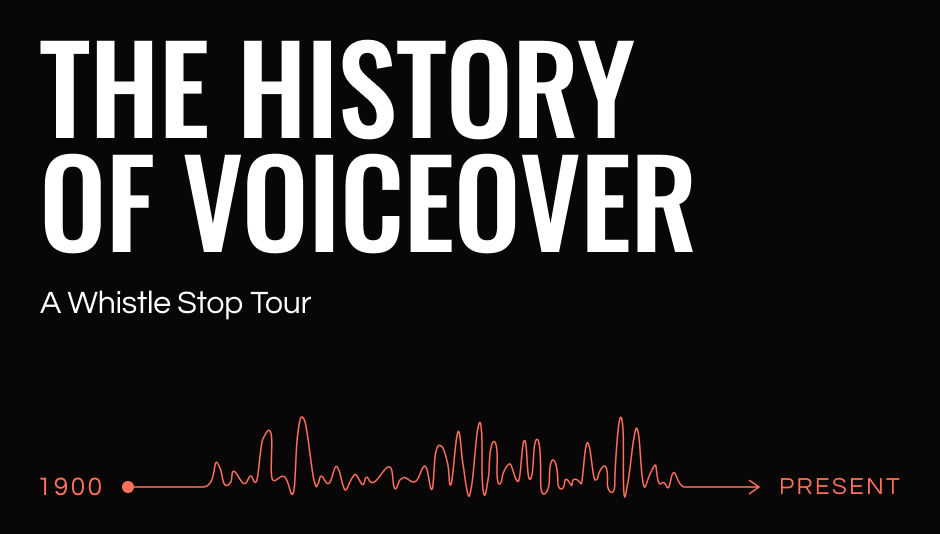
The history of voiceover is colourful, fascinating, and shaped by incredible technological advances. From the first radio broadcast in the early 1900s to the capabilities of artificial intelligence today, our industry has developed at a speedy pace.
The history of voiceover can roughly be divided into four main periods: the Acoustic, Electrical, Magnetic and Digital eras. We’re going to take you on a tour through all four – and beyond. We’ll start with a weather report, swing through the trees with Tarzan, meet a few celebrities and finish with an AI-generated newsreader.

So where did voiceover begin?
Some might go back as far as 1860, to the earliest human voice recording of Édouard Léon Scott de Martinville singing Au Clair de la Lune. Others would begin with the more conventional voiceover of Walt Disney as Mickey Mouse in “Steamboat Willie”.
Voiceover (also known as off-camera or off-stage commentary), may be defined as a production technique where a voice, that is not part of the narrative, is used in a radio, TV, film, theatre productions or other presentation.
Of course, it’s also about exceptional acting for the microphone – and bringing stories to life in a beautiful, engaging way. But for now, we’re specifically referring to the art of recording a voice for offscreen use. So, for us, the history of voiceover begins with Reginald Fessenden’s weather forecast in 1900.
1900 - Reginald Fessenden’s weather forecast

source: https://en.wikipedia.org/wiki/Reginald_Fessenden
Reginald Fessenden was a Canadian-born inventor. Excited by Alexander Graham Bell’s new
device, the telephone, Fessenden set about exploring ways to remotely communicate without wires. The good news? He got there. Yes, his weather broadcast of 1900 only reached a one-mile radius, but it was the first step in the history of the industry.
1906 - Fessenden’s radio broadcast
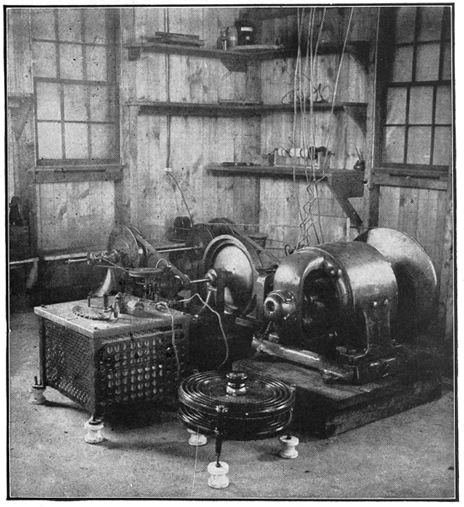
source: https://en.wikipedia.org/wiki/Reginald_Fessenden
Fessenden didn’t stop exploring in his field, and by 1906 he’d pushed voiceover another step forward. This time, he adapted radio-based communication to broadcast live messages during the festive period. Apparently many ships and coastal stations heard the messages, which went a little further this time: 11 miles to be precise.
1922 - 1927 – The BBC is born

Lord Reith, first Director General of the BBC
As our industry is so tied up with radio broadcasting, we couldn’t write about the history of voiceover without giving a nod to the BBC. Set up as the British Broadcasting Company in 1922, it became a public corporation in 1927.
The Founder of the BBC and its first director general, Lord John Reith, created the templates for public service broadcasting in Britain and fought off politicians’ attempts to influence the company. ‘Inform, Educate and Entertain’ became the motto of the BBC and this national institution still continues to shape broadcasting across the world.

1928 - Steamboat Willie
Although the earlier 1926 cartoon, Old Kentucky Home, featured sound effects and song, Steamboat Willie was Disney’s first commercial cartoon with a voiceover.
The character sounds were delivered by Walt Disney himself. Which makes him one of the first people to create an animation voiceover – something he continued to do for many years. In fact, he was the voice of Mickey Mouse all the way through to 1947. As well as being one of the first fully synchronised sound cartoons, Steamboat Willie is notable for more than its voiceover. Behind that film was a revolutionary piece of technology: the Cinephone.
Rather than the sound-on-disc format that came before it, the Cinephone enabled sound-on-film recordings. This technology converted the sounds of voice actors into electrical soundwaves through a microphone. These were then encoded onto the film itself, which made the whole thing easier to sync, edit and distribute.
1932 Tarzan’s call
At BRAVA, storytelling underpins a lot of our voiceover training modules. And Tarzan’s call is a brilliant example of how voice can enhance and bring stories to life. We’re not 100% sure how Tarzan’s cry was crafted for the 1932 film. Some say it was recorded by the Tarzan actor, Johnny Weissmuller. Others believe that opera singer, Lloyd Thomas Leech, should take the credit.
Either way, this iconic call is evidence of further technological advances in voice recording. This time we’re talking multi-track audio – the ability for audio and voiceover to be on one track, while music and sound effects sit on another.
1936 - Mel Blanc voice actor
While Walt Disney voiced his characters for a long time, he wasn’t a voice actor per se. In fact, voice actors at the time were pretty much invisible and rarely got credit for their talents.
In 1936, Mel Blanc changed all that. He became the voice of a whole range of Looney Tunes characters, including the likes of Bugs Bunny, Porky Pig and the Tasmanian Devil.
Blanc not only paved the way for respected voice actors, he also earned himself the name: “The Man of a Thousand voices”. Take a look at the video and you’ll see why.
1938 - Orson Welles and the War of the Worlds drama
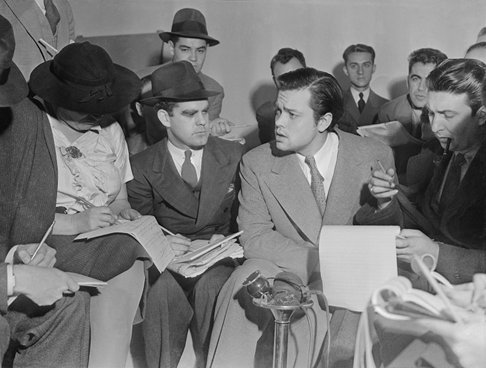
By the 1930s the radio drama was becoming a household favourite. And it was during this decade that one particular radio dramatisation created more drama than it ever intended.
The War of the Worlds production, voiced by Orson Welles and a team of voice actors, was broadcast on October 30th 1938 over CBS radio. If you don’t know the premise of HG Wells’ book, it’s the story of aliens invading earth and exterminating humanity.
What made this radio production so famous was that many listeners didn’t know it was a drama. Caught up in the sound and action, they believed an alien invasion was actually taking place. Full credit to the voice actors for such a convincing performance. And it’s good to know that despite the panic of the time, War of the Worlds went on to receive plenty of awards and honours.

1950s - the rise of the TV ad
During the 1950s, TV advertisements started reaching the masses. Voiceovers were often used in commercials, especially to narrate a story or voice the tagline at the end. These kinds of voiceovers are still commonplace today. We’re all used to hearing voice actors and celebrities gracing our social media promos, TV commercials or cinema advertising.
1960s - Don Lafontaine
“In a world…” of voiceovers, there’s one man that will never be forgotten: legendary voice actor Don Lafontaine.
Lafontaine’s epic voice was a brilliant blend of advertising clarity and film drama. This legend featured on thousands of movie trailers and was one of the most sought-after voice actors in history. He also helped to turn voice acting into a respected career.
1970s - Hello audiobooks
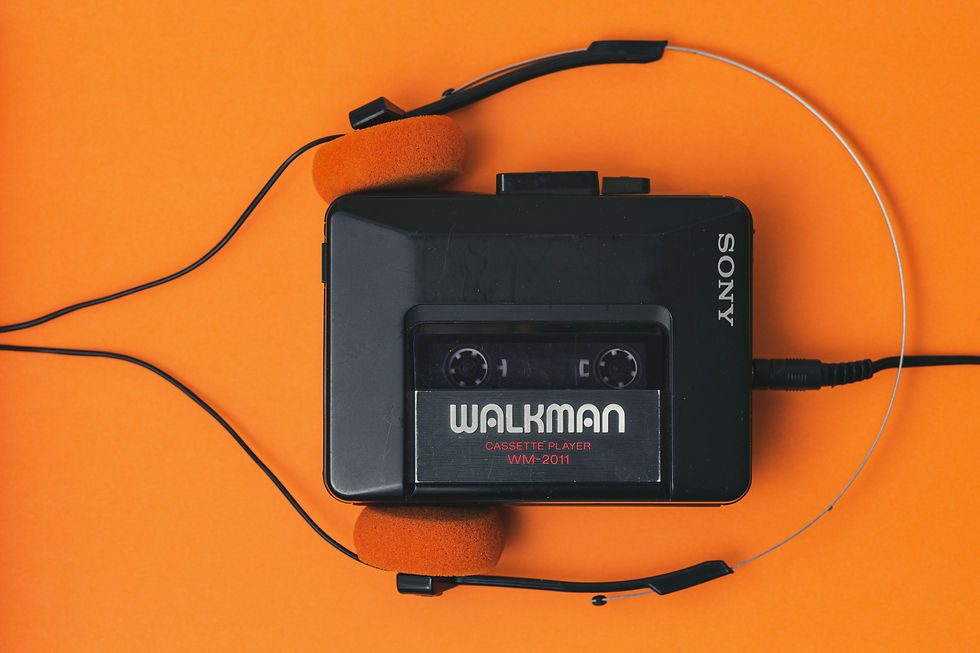
source: https://unsplash.com/photos/Rks6FTfX5OU
One of the technologies that came out of World War II was the magnetic tape. A storage device which eventually became the iconic cassette tape. It was during this time that the Sony Walkman hit the streets. Anyone who was anyone was accessorising their stone washed denim or exercise lycra with a portable music player.
The popularity of the Walkman and cassette tapes also made way for audiobooks. Publishers everywhere started releasing abridged books - and occasionally unabridged if you could handle that many cassettes. The biggest springboard for audiobooks probably came in 1975 when Olympic Gold Medallist Duvall Hecht founded a company called Books on Tape – which did exactly what it says on the tin.
The demand for voice actors now grew dramatically and, by the end of 1987, the audiobook industry was booming. In 2021, the industry was worth over USD 4.2 billion – and it’s still growing.

1979 - Darth Vadar’s voice
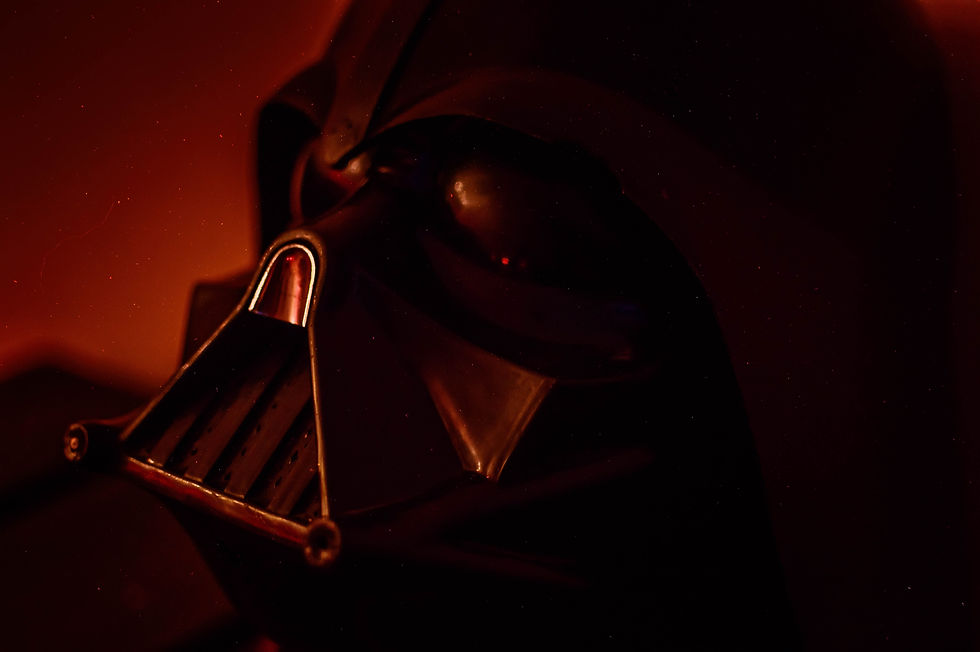
https://unsplash.com/photos/8eapp1s0knw
The late 1970s and 80s weren’t the best time for voiceover. With the advancement of Automatic Dialogue Replacement (ADR) in the film industry, it was becoming easier to re-record actor’s dialogues in a studio setting.
Apart from animated and foreign language movies, there were only a few films that needed professional dubbing services. There was however one exception: the voice of Darth Vader.
This legendary Star Wars character was played by actor, David Prowse, who lived in our home town of Bristol. But Darth Vader’s lines were actually delivered by James Earl Jones.
In our view, this distorted, heavy and threatening voice has played a fundamental role in Darth Vader achieving his iconic status. Interestingly, James Earl Jones recently signed away his voice rights on the original film. And now his voice will be generated by artificial intelligence for future releases.
1980s: The first video game voiceovers

https://en.wikipedia.org/wiki/Castle_Wolfenstein
Voiceover then moved into video games. In the early 1980s, a synthesiser, Intellivoice, put speech at the centre of the gameplay.
Many believe that the first voiceover was heard on the game, Castle Wolfenstein, in 1981, made for the Apple II. Disney’s Dragons Lair arcade game followed closely in 1983, which is often referenced as the very first video game to feature human voices. Video game voiceovers have come a long way since then. Today, a character’s voice can make or break a gamer’s experience, so the gaming company’s choices are critical.
1 January 1983 - the Internet’s official birthday
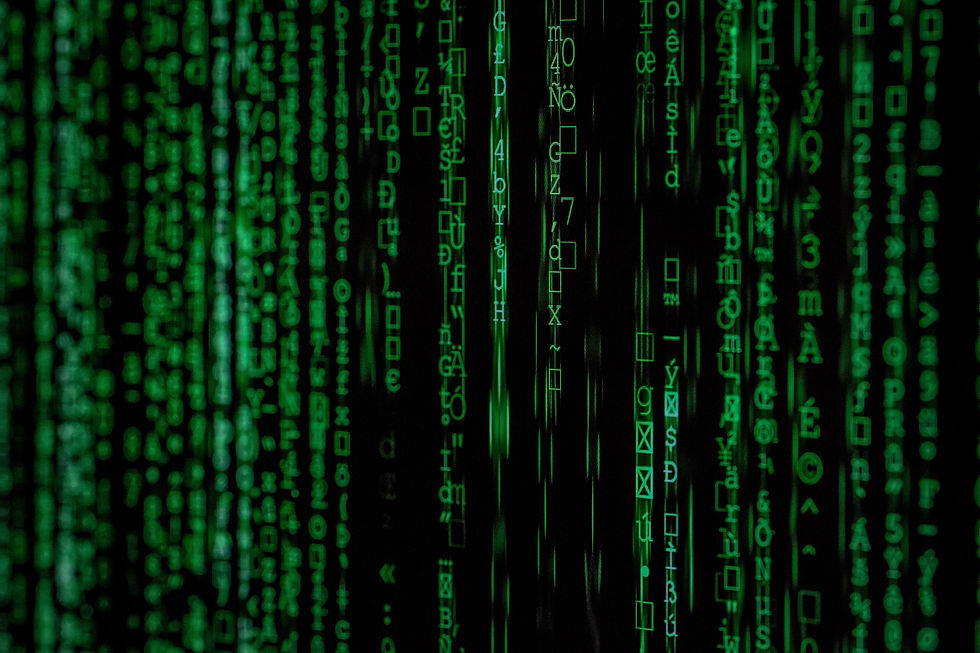
https://unsplash.com/photos/iar-afB0QQw
It’s no surprise that the arrival of the Internet completely revolutionised our beloved industry.
With new tools and technology, the voiceover world became democratised. Anyone with a bit of tech know-how could put quality content together and distribute it digitally.
The creation of Digital Audio Workstations or DAWs also enabled smaller, independent artists to make their way in the voiceover market. In the early days of digital, voiceover sessions were happening on the Integrated Service Digital Network (ISDN). Although this was expensive, TV and radio ad producers used the technology to record their voiceovers.
However, as the quality of technology kept rising and costs kept falling, almost anyone could start creating professional sounding audio. Sound cards, uncompressed .WAV files and affordable PCs also made it really easy for experienced voice actors to record in their own studios.
1990s Anime
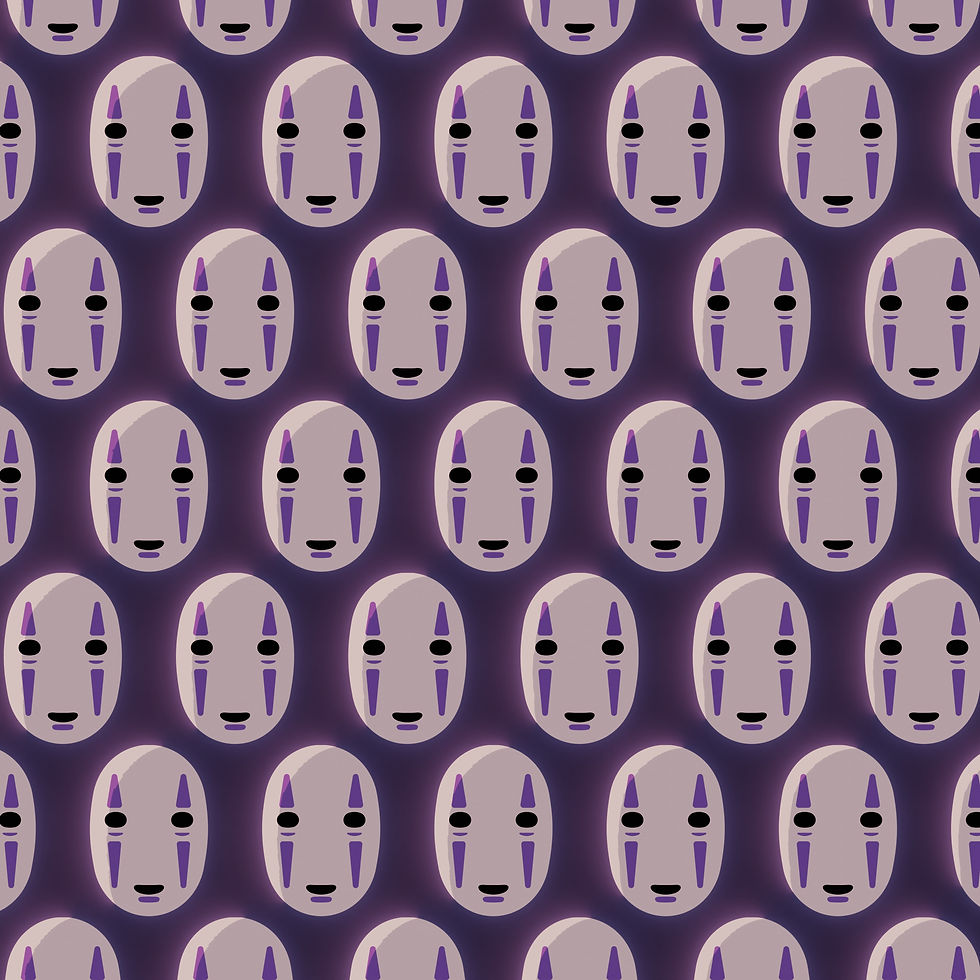
https://unsplash.com/photos/Xj69EGAgs2s
While Disney and Pixar were going from strength to strength in the West; the voiceover industry in the East was on the verge of a huge boom.
Japanese animation (anime) needed talented voice actors to bring characters to life, and during the late 90s, high quality voiceover became the norm. Productions like Cowboy Bebop, RahXephon and Oscar-winning Spirited Away set the bar high. Today in Japan, voice actors are treated like celebrities and the most famous seem to have a busier life than many film stars.
Celebrity voiceovers
In the 21st century, voice acting was finally regarded as a well respected career. We think one of the reasons for this is that household celebrities started voicing adverts, video games and audiobooks.
The likes of Samuel L Jackson, Keanu Reeves, Gary Oldman and Kristen Bell have lent their voices to some of the biggest video games on earth. And global stars including Jackie Chan, Dwayne Johnson and Angelina Jolie have voiced animated characters from Maui to Kung Fu Panda. And in Bollywood, stars like Priyanka Chopra, Nana Patekar and Shahrukh Khan voiced characters for the Hindi version of the Jungle Book film.
It’s not just gaming and films that have welcomed celebrity voice actors. TV producers and social media adverts love a voiceover to help them position products and services in the right light. Ben Whishaw, Richard E Grant, Fearne Cotton, Brian Blessed and Jane Horrocks are some of the favourite British voice talents we’ve noticed over the last few years. Personally, we’d like to see a few more women out there recognised for their success.
Voice actors turned celebrities
Alongside the use of celebrity voiceovers, there are also voice actors who’ve become celebrities in their own right. Talent like Nolan North, Jennifer Hale, Laura Bailey and Steve Blum have fine-tuned their skills and achieved celebrity status in the gaming world.

Artificial intelligence voiceover
A voiceover history wouldn’t be complete without reference to the newest voice actors on the block: Artificial Intelligence voiceovers. This technology is developing rapidly and there are already a range of platforms offering relatively inexpensive ways to produce synthetic voiceover.
Earlier this month, Apple launched AI-powered audio narration on select titles. And you can now use Google Play Books, an AI-narrated audiobook creation tool, to turn e-books into audio books in just a few easy steps.
Taking things one step further is AI platform Synthesia, which not only creates an AI voice, but also a synthetic character to deliver the lines for you. This is being used for a range of use cases from educational films to in-house training videos. The video above shows how some companies are utilising AI in the development process, as a precursor to using voice actors for the finished product.
In our view, it will be some time before AI can produce the depth, nuance and range that experienced human voice actors can offer, so we don't think we need to be worried about AI taking over our jobs quite yet. You can read more about how voice actors can avoid losing out to AI here.
So there we have it - a whistle stop tour through the history of voiceover. What started as a scientific experiment reaching a one mile radius has become an entire industry worth over $4.4 billion. An industry that offers voice actors the opportunity to educate, inspire and delight all over our planet – and even in whole new worlds.
To see how BRAVA is helping to shape the voice over industry, take a look at our latest training modules and masterclasses.
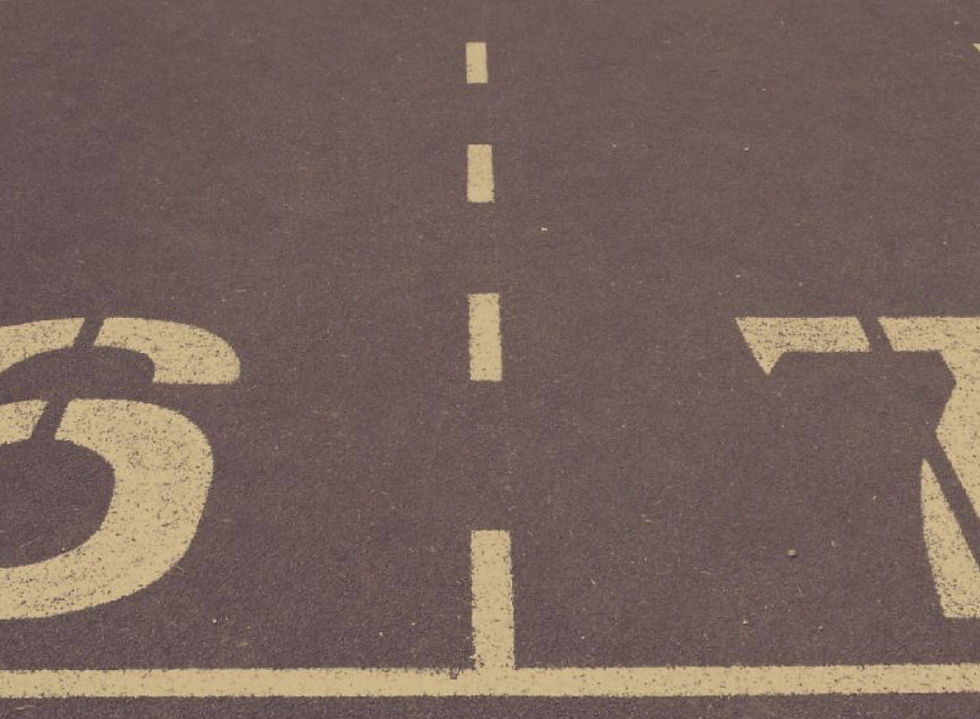


Comments